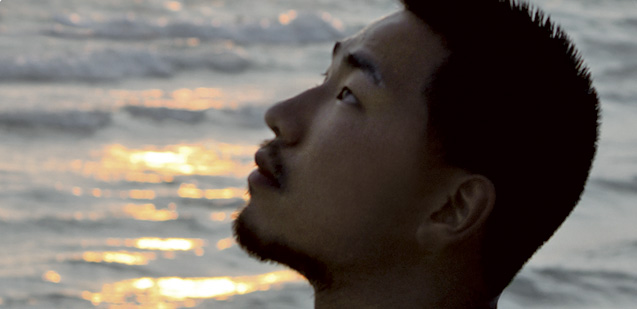News

LI YONGFEI SELECTED FOR THE EXHIBITION “ÖSTASIATISKA” AT VÄRLDSKUTUR MUSEERNA, SWEDEN
Li Yongfei
LI YONGFEI
The young artist Li Yongfei, born in 1985, has created a series of works with bodies and faces that combines traditional ink brush painting with contemporary aesthetics and fashion. His choice of motifs represents a breakthrough in the 2,000-year Chinese Gongbi painting tradition (distinguished by naturalistic and detailed depiction; the word means “the busy brush”). The art critic Emily de Wolfe Pettit says of his style: “[Li] references his inspirations as ranging from the 19th century English artist Aubrey Beardsley, who himself was ironically influenced by Chinese and Japanese prints; to Warholesque Pop amplification of cultural stereotypes; to the young Japanese artist Tenmyouya Hisashi, where youth culture is often played out as an aggressive battle of the Ages.”[1] Li’s work reflects the youngest generation of ink brush painters’ fusion, in our globalised age, of East and West, tradition and modernity.
In modern China, as in much of non-Western culture, the white male body and appearance constitute a norm for “maleness” and “male beauty”, conveyed by Hollywood films, fashion magazines and more. The Tattoo series is a reflection on the ideals of beauty of our age. In Chinese, tattooing is known as “wenshen“, in which the first sign, “wen” also means “culture”. Li has said that the two pieces he is exhibiting in Secret Love have not been viewed as important by the owner of his usual gallery as they contain too much lust and sexuality, an “inappropriate” theme in ink brush tradition. The pieces raise questions such as: under the surface of these faceless, faux-Chinese, muscular bodies, painted with typical, traditional flower and landscape motifs, how much true Chinese remains in the inner human world? What is Chinese in our age?
Si Han, Curator
[1] Emily de Wolfe Pettit, Fantasia in Ink Major, Atkins&Ai Gallery, 2011 Beijing, p.6.

